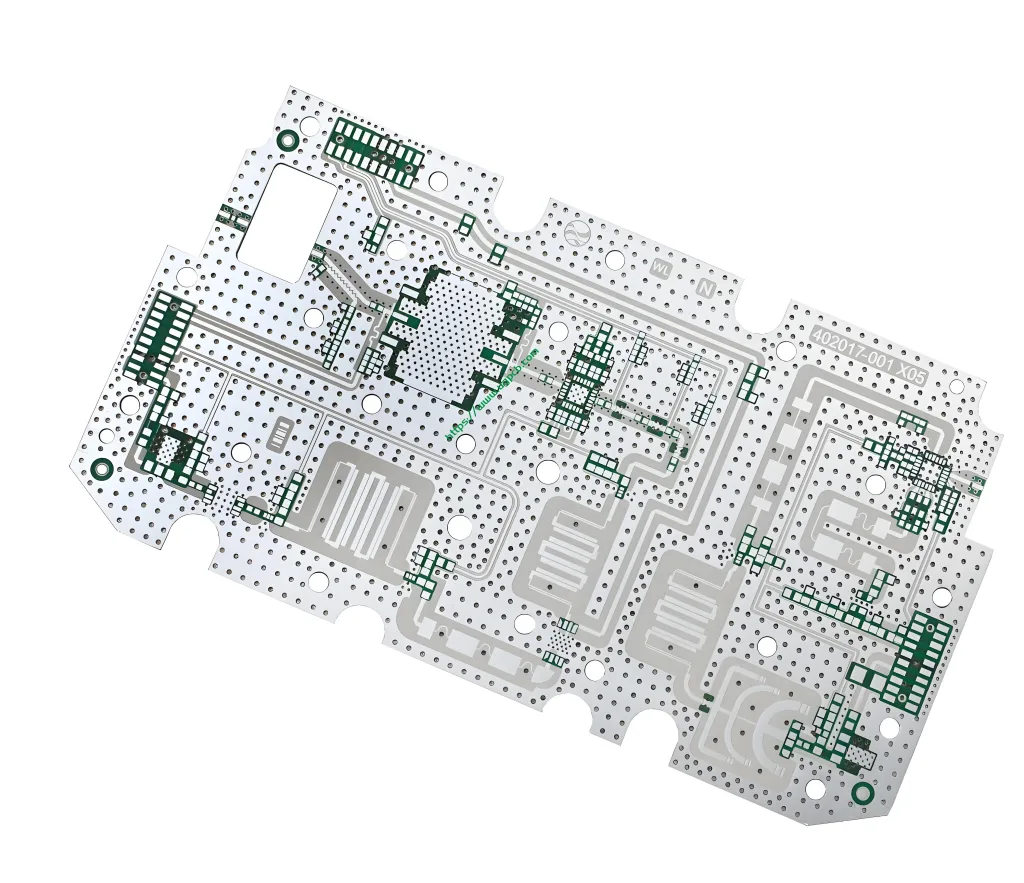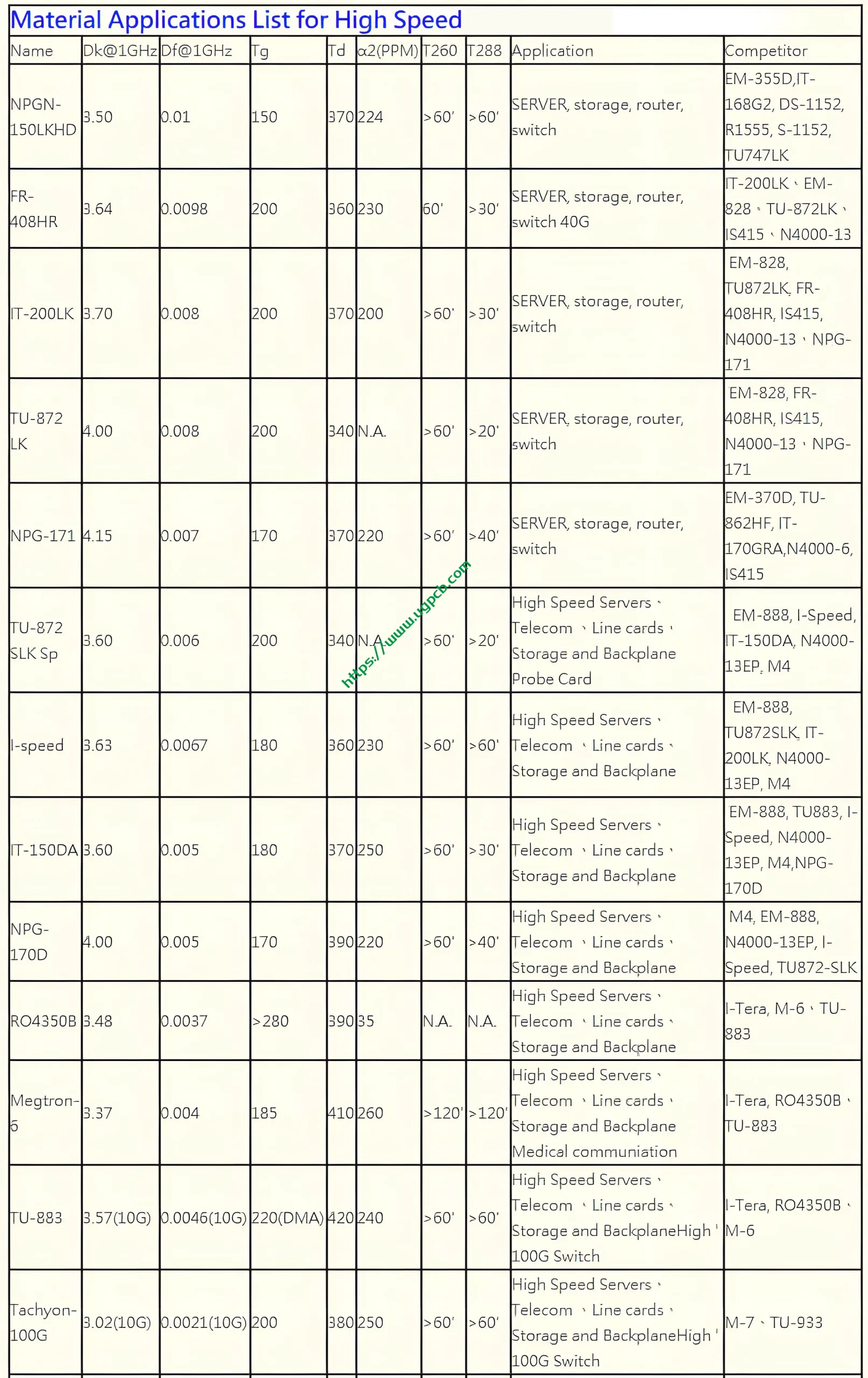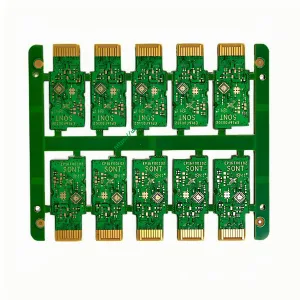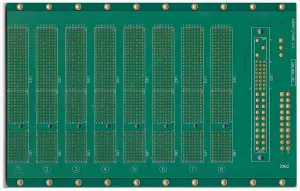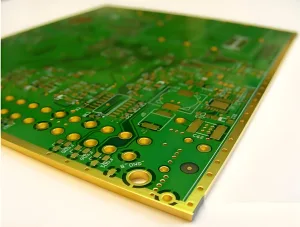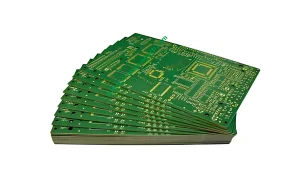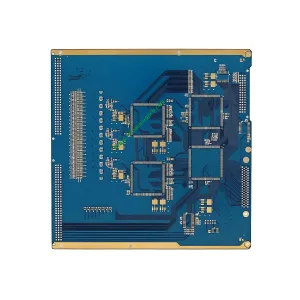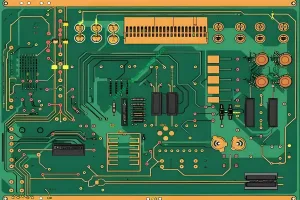통신 기지국 PCB: 심층 개요
통신 기지국 PCB는 고급 기술입니다. 전자 구성 요소 통신 기지국용으로 특별히 설계됨. 이것 PCB 다양한 전자 부품 및 회로에 안정적인 플랫폼을 제공함으로써 효율적이고 안정적인 통신을 보장하는 데 중요한 역할을 합니다..
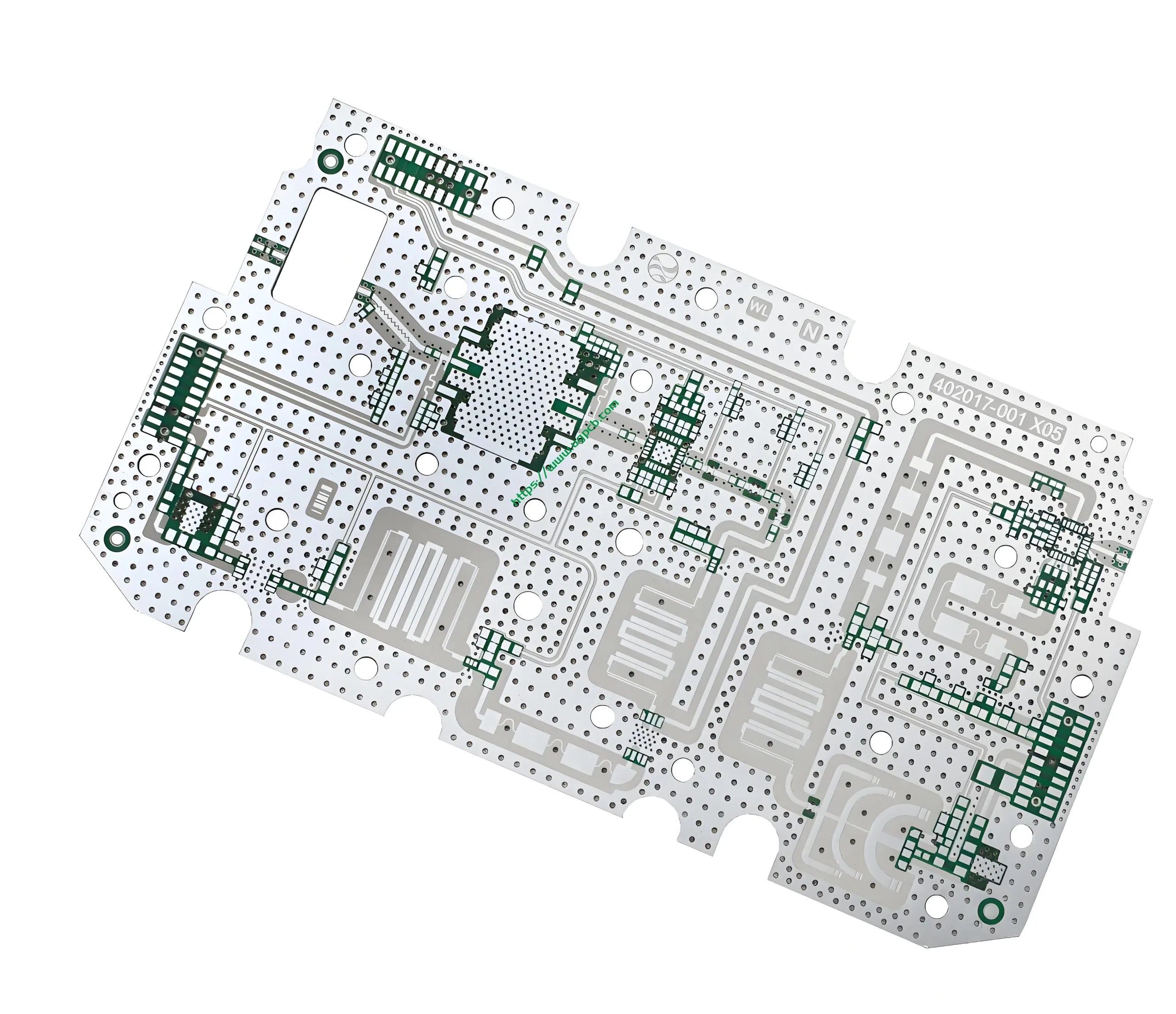
정의와 목적
통신 기지국 PCB, 또는 인쇄 회로 기판, 통신 기지국에서 사용되는 상호 연결된 전자 부품의 복잡한 조립품입니다.. 주요 기능은 신호 무결성을 유지하고 간섭을 최소화하면서 신호의 전송 및 수신을 용이하게하는 것입니다..
작동 방식
통신 기지국 PCB는 전기 연결 및 신호 라우팅의 원리에서 작동합니다.. 전도성 경로를 사용합니다, 흔적으로 알려져 있습니다, 다른 전자 부품을 연결합니다. 이 흔적은 비전도 기판에 새겨 져 있습니다, 필요한 경우 전기가 흐를 수있는 네트워크 생성.
응용
통신 기지국 PCB는 주로 통신 인프라에 사용됩니다.. 이들은 모바일 네트워크의 기지국에서 필수적입니다, 위성 통신, 그리고 다른 형태의 무선 통신 시스템. 이 PCBS는 데이터가 장치간에 효율적이고 안정적으로 데이터를 전송하도록합니다..

통신 기지국 PCB의 유형
커뮤니케이션베이스 스테이션 PCB에는 다양한 유형이 있습니다, 각각 특정 응용 프로그램 및 성능 요구 사항을 위해 설계되었습니다. 일부 일반적인 유형에는 단면이 포함됩니다, 양면, 다층, 그리고 유연한 PCB. 유형의 선택은 신호 복잡성과 같은 요소에 따라 다릅니다., 공간 제약, 비용 고려 사항.
재료 구성
그만큼 재료 통신 기지국 PCB에 사용되는 것은 일반적으로 TU883입니다., 까다로운 응용 분야에 적합한 고성능 라미네이트 재료입니다.. 이 재료는 우수한 열 안정성을 제공합니다, 기계적 강도, 및 유전체 특성, 커뮤니케이션 기지국에서 사용하기에 이상적입니다.
성능 특성
Communication Base Station PCB는 몇 가지 주요 성능 특성을 자랑합니다.:
- 두께: PCB의 완성 된 두께는 1.8mm입니다, 무거운 부품을지지 할 수있는 강력한 구조를 제공합니다.
- 구리 두께: 1OZ의 구리 두께로 (온스), PCB는 우수한 전기 전도성과 내구성을 제공합니다.
- 표면 처리: 표면은 침지 금으로 처리됩니다, 납땜 가능성 및 부식성 향상.
- 추적과 공간: 최소 추적과 공간은 모두 4mil입니다 (0.1mm), 미세한 세부 및 고밀도 회로를 허용합니다.
구조적 특징
통신 기지국 PCB의 구조 설계에는 여러 레이어가 포함됩니다., 일반적으로 16 레이어, 복잡한 회로 설계를 수용하고 신호 간섭을 최소화합니다. 녹색/흰색 색상 구성은 육안 검사 및 문제 해결에 도움이 됩니다..
장점
Communication Base Station PCB의 주목할만한 장점 중 일부는 다음과 같습니다.:
- 높은 신뢰성: 프리미엄 재료 및 고급 제조 기술의 사용은 장기 신뢰성과 성능을 보장합니다..
- 신호 무결성: 다층 설계 및 정확한 트레이스 라우팅은 신호 무결성을 유지하는 데 도움이됩니다., 고주파에서도.
- 내구성: 두꺼운 구리 층과 강한 기판은 물리적 내구성을 제공합니다., 가혹한 환경 조건을 견딜 수 있습니다.
생산 과정
커뮤니케이션 기지국 PCB의 생산 프로세스에는 여러 단계가 포함됩니다.:
- 설계: 특수 소프트웨어 사용, PCB 레이아웃은 정밀하게 설계되었습니다.
- 재료 준비: 고품질 TU883 재료는 레이어링을 위해 준비되어 있습니다.
- 에칭: 전도성 경로는 화학 공정을 사용하여 기판에 새겨 져 있습니다..
- 레이어링: 여러 겹이 서로 결합되어 하나의 형태를 이룬다. 다층 PCB.
- 표면 처리: 표면은 강화 된 특성을 위해 침지 금으로 처리됩니다..
- 테스트: 각 PCB는 품질 표준을 충족하도록 엄격한 테스트를 거칩니다..
- 마무리 손질: 최종 터치가 추가됩니다, 실크 스크리닝 및 코팅을 포함합니다.
사용 사례 시나리오
통신 기지국 PCB는 통신 인프라 내 다양한 시나리오에서 사용됩니다.:
- 모바일 네트워크: 셀룰러 타워와 기지국의 원활한 연결성을 보장합니다.
- 위성 통신: 위성 데이터 전송을위한 지상 스테이션 운영 지원.
- 군사 커뮤니케이션: 방어 응용 프로그램에서 안정적인 통신 링크 제공.
- 응급 서비스: 재난 대응 및 복구 작업 중에 효율적인 커뮤니케이션을 가능하게합니다.
결론적으로, Communication Base Station PCB는 최신 통신 시스템에서 필수 구성 요소입니다., 고성능 제공, 신뢰할 수 있음, 그리고 내구성. 정교한 설계 및 고급 재료는 광범위한 응용 분야에 적합합니다., 효율적이고 중단없는 의사 소통을 보장합니다.
 UGPCB 로고
UGPCB 로고

